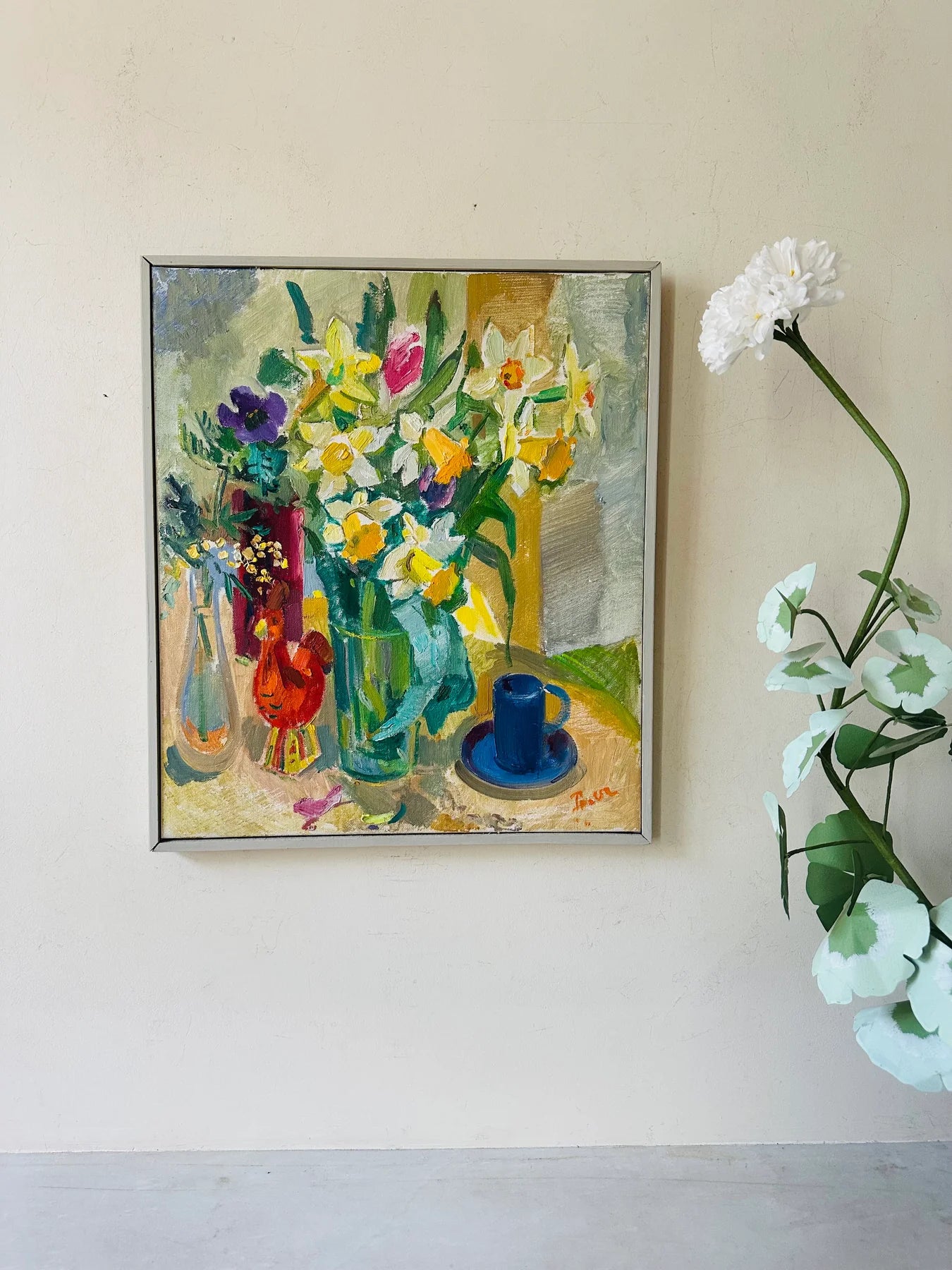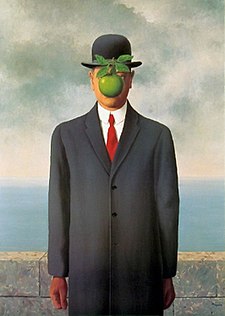All About Eric Cederberg
Here at Collins & Green, we have been noticing a rise in interest in the Swedish artist Eric Cederberg 1897-1984. Known for his mid-century modern still life paintings and landscapes, Cederberg's work often depicts conkers, pears, and grapes surrounded by Surrealist imagery. Born in 1897, his work is now gaining serious traction thanks to the growing interior design trends of mid-century modern and Scandinavian art, as well as the stylish simplicity of his work which appeals to a wide range of people.
'Conkers' signed Eric Cederberg (1897-1984), oil on board, available at Collins & Green Art. Click the image for more information.
Early Life and Career
Erik Algot Cederberg was born in Malmöhus, a neighbourhood of Malmö, Sweden in 1897. While studying at the Swedish School of Art, Cederberg exhibited in Helsingborg in 1922. Later, he exhibited at the Skåne Art Association Exhibition, near Malmö, in 1926 and later at the Swedish Public Art Society exhibition in Stockholm in 1941. There is not a lot of information on what exactly was exhibited, but we can gather that Cederberg was an established and successful artist in Sweden by this stage.
'Moonlit Landscape' by Eric Cederberg, watercolour on paper, available at Collins & Green Art. Click the image for more information.
Artistic Style and Influences
Cederberg's artistic repertoire is summarised by his mid-century Surrealist still life paintings of fruits and conkers, unusual landscapes and coastal imagery, as well as experiments with Fauvist and Impressionistic styles. His work is very recognisable, scarcely straying far from these subjects and styles, one of the things that makes his art so collectable.
So what makes his art Surrealist? Looking at the painting below, we can see a dark, atmospheric dream-like seascape. The lighting provides an uncanny effect; the cliff-formations appear in shadow at dusk or dawn, yet the apples in the foreground reflect moonlight from above. The pearls, equally spaced, around the apples create a really unusual setting for a still life painting.
'Apples on the Beach' signed Eric Cederberg, oil on board, available at Collins & Green Art. Click the image for more information.
Still Life
Why did Cederberg choose fruits such as apples, pears, and grapes, as well as conkers as the main subjects for his paintings? It is traditional and emblematic of Post-Impressionist art to choose fruit as the subject of still life paintings, as it had been for hundreds of years. In the 1600s, paintings of fruit symbolised the temporality of life, capturing a perishable object in a permanent medium. Artists such as Paul Cezanne in the Post-Impressionist period painted hundreds of still life images of bowls of apples and oranges, and it is may be from here that Cederberg drew inspiration.

'Still Life with Apples and Pears' by Paul Cezanne, circa. 1891-92, oil on canvas, Metropolitan Museum of Art, New York
Visual Analysis
Cederberg's main artistic style is influenced by still life and Surrealist artistic practice, and his use of fruits and vegetables as the subjects for his artworks follows a long tradition of still life painting. In 'Mushrooms' pictured below, Cederberg unusually chooses the vegetable as his subject instead of his trusted apples, pears, and conkers.
Cederberg clearly used these subjects not necessarily for their symbolism, but for their 'everyday' accessibility and appearance, and for the opportunities they offered for experimentation with artistic techniques such as lighting, composition and colour.
'Mushrooms' signed Eric Cederberg, oil on board, avaliable at Collins & Green Art. Click the image for more information.
Final Thoughts
Cederberg's works are becoming increasingly sought after, and it is not difficult to understand why. As well as the interest shown by private collectors, his work has been displayed in public exhibitions such as the Outré gallery, Melbourne in 2018 and the 'An Easel by the Seine' at the Panter & Hall Gallery, London, in 2016. Cederberg perfectly represents the art world today, with its ability to revive artists from years gone by who have fallen out of fashion and thanks to his enigmatic style and subjects is likely only to grow in popularity.
By Eloise Saggers, Collins & Green Art






